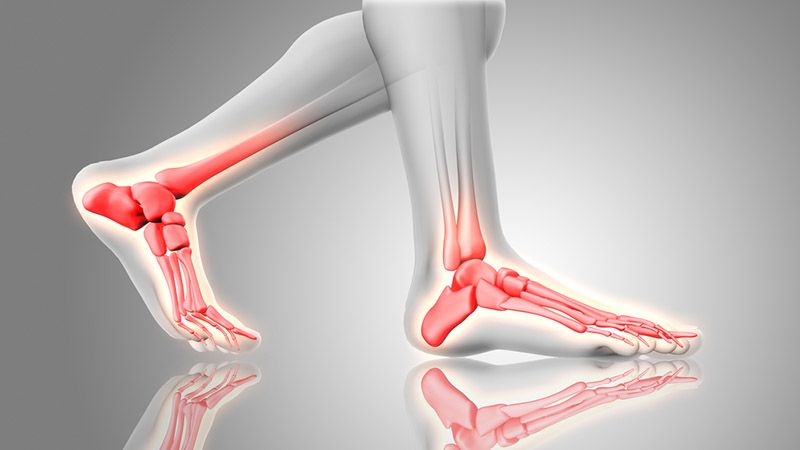The medial longitudinal arch (inside arch) is the main shock absorbing structure in the foot. The ability of the arch to shock absorb is dependent on the amount of movement from the bones that make up the first ray.
What is the first ray?

The first ray is the segment of the first metatarsal bone, first cuneiform bone and the joint between them.
Function of the First Ray
As the weight of the body transfers forward in walking, the calcaneus (heel) and the heads of the metatarsals (ball of the foot) are pressed to the ground which creates lengthening and flattening of the arch. This motion causes the first ray to drop. In perfect or text book gait, as we continue to step forward the body’s momentum and muscle contractions function to pull the arch up, re-stabilizing the first ray.
However, the majority of patients we see present with first ray dysfunction, where there is an opposing force and undesired motion that cause the first ray to remain in a dropped position. This reduces motion and load through the joints. Here’s the kicker, the motion and load must occur somewhere – and more often than not, improper load occurs through joints that cannot tolerate it.
There are many muscles that support and affect function on the first ray. Therefore, dysfunction to first ray mechanics can cause and affect new and pre-existing injuries or can be as a result of them.
Common injuries or presentations where dysfunction of the 1st ray is present
- Bunions
- Hallux Valgus
- Arthritis
- Hallux Limitus
- Sesamoid injury
- Plantar Fasciitis
- Knee pain
- Hip Pain
How can you improve first ray function?
- Intrinsic arch strengthening
- First ray mobilization
- Appropriate footwear
- Custom Foot Orthotics that are individually designed to promote first ray function for each specific case

